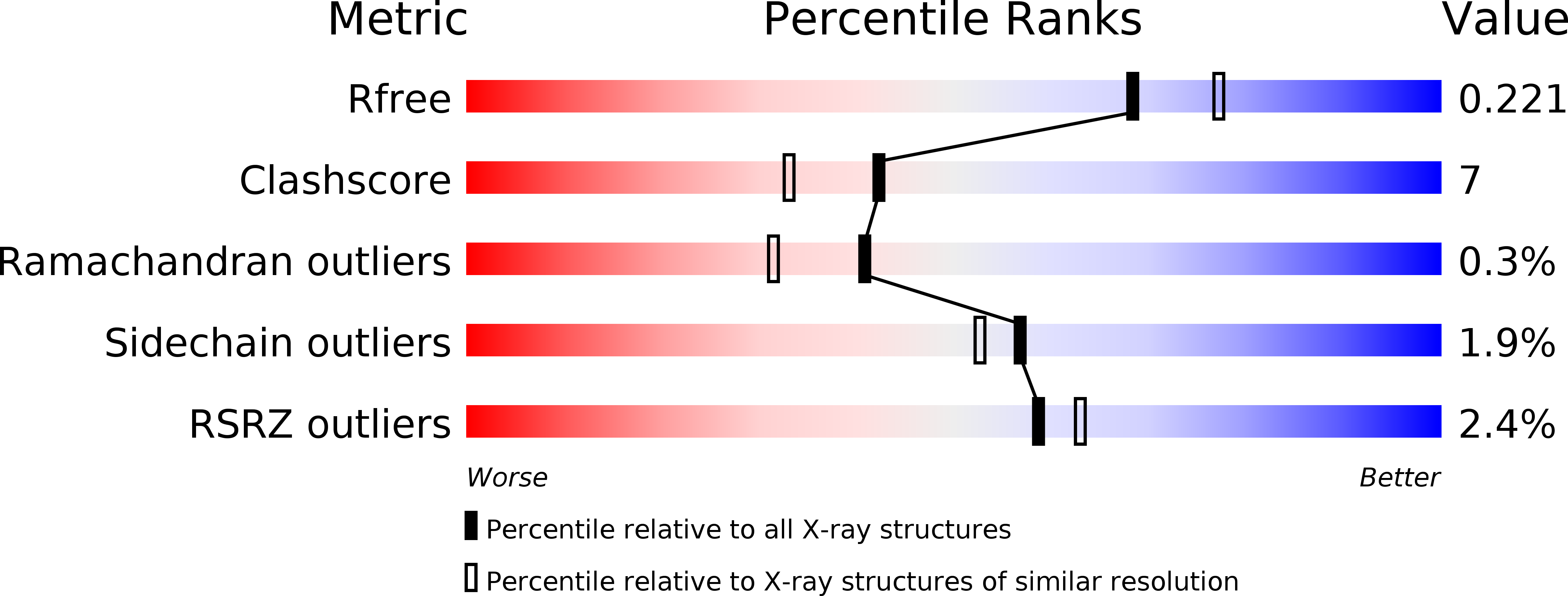
Deposition Date
2011-08-31
Release Date
2012-03-14
Last Version Date
2023-09-13
Entry Detail
Biological Source:
Source Organism:
Thermus thermophilus (Taxon ID: 262724)
Host Organism:
Method Details:
Experimental Method:
Resolution:
2.05 Å
R-Value Free:
0.21
R-Value Work:
0.15
R-Value Observed:
0.15
Space Group:
P 32 2 1


